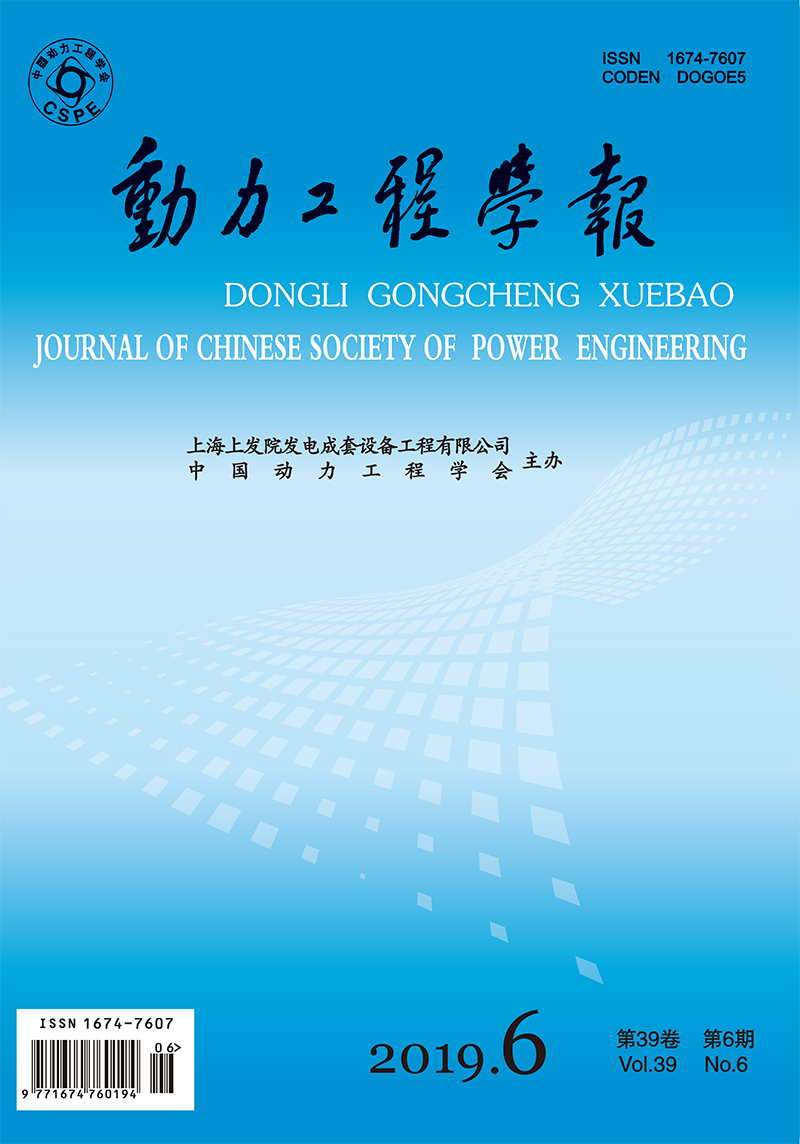HU Danmei, WU Zhixiang, ZHANG Kaihua, ZHANG Zhiwei
2019, 39(6): 486-491.
A study was conducted on the aerodynamic characteristics and flow field distribution of a wind turbine with plane or fusion winglets, so as to analyze the effects of different winglets on the power of the wind turbine under rated conditions, the surface pressure of the blade and the flow field distribution in the tip region, etc. Numerical simulation results show that the power of a wind turbine could be increased by adding tip winglets. The wind turbine with fusion winglets has better aerodynamic characteristics, and its power could be increased by 10.61%, compared with that without winglets. The presence of tip winglet reduces the pressure on suction surface of blade in tip region and increases the pressure differential on blade surface. Fusion winglet produces larger pressure difference on blade surface, compared with plane winglet. In addition, the tip winglet could weaken the flow intensity of tip vortex, reduce the local induction velocity, improve the aerodynamic angle of attack, and makes the core position of tip vortex move to the place far away from the blade, which therefore reduces the adverse effect of the tip vortex.
